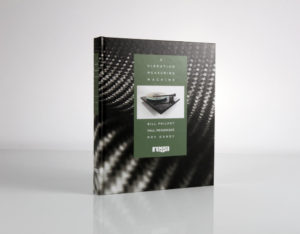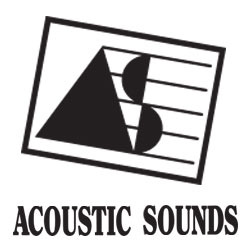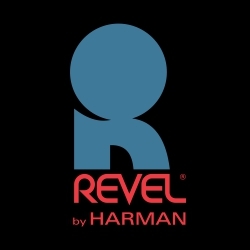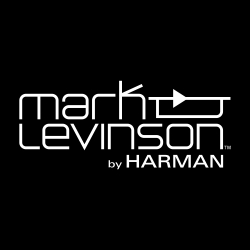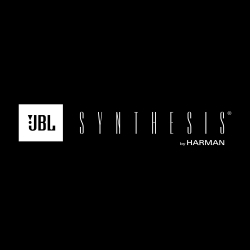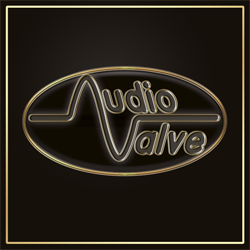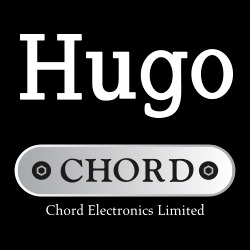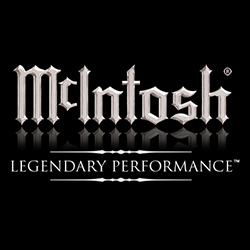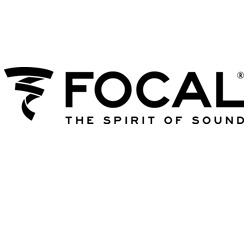Back in 2003, when Quad: The Closest Approach was published – how time flies – the sum total of books about hi-fi companies required less than a foot of shelf space. Aside from scientific tomes about sound or recording, DIY books, product annuals like Hi-Fi Year Book and guides to system purchase and set-up, there was nothing one could turn to if interested in the narrative history of high-end audio.
It is inappropriate for me to suggest that the Quad volume gave birth to a genre, but we can now look upon some 30 or so titles that followed in its wake. Blessedly, these will provide future generations with reference works to augment the bare-bones material available on-line. The books fall into two categories – brand histories and all-embracing, general studies – with the former outnumbering the latter 10-1. Those general titles include Sound Bites, published by this magazine, and the three-volume study of major companies produced by The Absolute Sound.
Marque sagas range from the stories of major companies such as JBL, KEF and Wharfedale to smaller specialists including Gryphon, EMT and Stellavox, or defunct brands like Leak. Some books – I’m thinking about those concerning Klipsch and Tannoy – are less concerned with the hi-fi equipment and deal with the topic in a more wide-ranging way, if less focussed on pure hi-fi.
That’s not to say those aren’t essential purchases, too, for enthusiasts who have an academic interest in the history of hi-fi, but they do lack the kind of material hobbyists expect, such as detailed lists of the companies’ products. If that sounds a bit geeky, think about it: the sort of person prepared to pay £30 or more for a book about a hi-fi brand is more likely than not to be a hard-core fan of the brand or, more dangerously, a collector.
Harder to classify is the latest addition to the canon, the Rega story as told in A Vibration Measuring Machine. Written by Bill Philpot, Paul Messenger and Roy Gandy, it’s part biography, part technical treatise. As with many other companies, the founder’s life is the story, and rightly, this begins with Roy Gandy’s birth and his path of (hi-fi) discovery.
Nearly everything you could want to know about Rega’s early days are covered, and the period images are priceless. The book then turns into a near-political tract as it concentrates on Gandy’s beliefs vis-à-vis turntable theory, ‘examining every aspect of the engineering and structure of the component which has always been close to Roy’s heart.’ Completing the book is a section in which the story is told by key participants, in their own words.
So far, so good. The book is beautifully produced, lavishly illustrated and about as delightfully opinionated as any I have ever read, especially as I disagree with certain elements of the Rega philosophy, such as the attitude toward VTA: to each his or her own. Less acceptable, though hardly terminal, are minor factual errors: there’s no such speaker as an ‘Audio Research A25.’
What is disappointing to the point of bafflement is how this book managed to be nigh on perfect until the end, and then drops the ball thanks to two severe omissions – especially as Messenger has been an editor for nigh on a half-century. The first is the absence of an index. If you want to look up Acos, Amstrad’s Alan Sugar or other specifics, you have to guess where they might be. Having produced indices for my own books, I do realise it is a time-consuming pain-in-the-butt, but an index is not merely useful: it’s mandatory in non-fiction.
Which brings me to the second omission: a complete listing every Rega product, in the form of an appendix. Trust me: collectors, whether in Japan, Hong Kong, South Korea or Italy, or other territories where amassing vintage gear is a widespread hobby, will be hugely disappointed. They want a reference book. What makes it worse is that Rega probably has all the relevant info in a database that would virtually typeset itself, a mouse-click away.
Be that as it may, and especially for those classified as ‘baby boomers’ who remember hi-fi in the 1960s and 1970s, A Vibration Measuring Machine is worth buying just for the wander down Memory Lane. I should say here that the third turntable I ever owned was a second-hand Rega Planar 2 purchased from Messenger when I was working on Stereo – The Magazine, and I loved it.
This book is another we can remove from the litany of ‘hi-fi tales not written.’ I doubt we’ll ever see detailed titles about the most important brands of all – influential giants like Rogers, Fisher, AR, Garrard and Dynaco – and now it’s too late as the key personnel have passed on. Full marks, then, to Gandy and Co. for taking Rega off that list.
© Ken Kessler 2017

